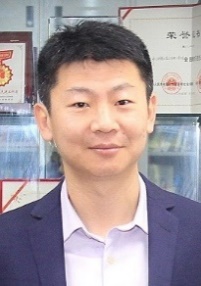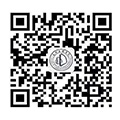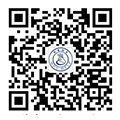时间:2019年9月12日(周四)14:00
地点:一教-314 室
报告人:王超 博士(英国Kent大学)

专家介绍 Dr Chao Wang is a currently Senior Lecturer (Associate Professor) in the School of Engineering and Digital Arts at the University of Kent, where he first joined as a Lecturer (Assistant Professor) in 2013. From 2011 to 2012, he was a NSERC Postdoctoral Fellow at the University of California, Los Angeles (UCLA), USA. He received his B.Eng degree in Opto-electrical Engineering from Tianjin University in 2002, M.Sc degree in Optics from Nankai University in 2005, and Ph.D degree in Electrical and Computer Engineering from the University of Ottawa, Canada, in 2011.
Dr Wang’s main research interests include microwave photonics, ultrafast imaging and optical communications. His research activities have been well funded by EU Marie-Curie Actions, EU H2020, the Royal Society, the EPSRC, and Catapult of UK. He has authored more than 100 peer-reviewed journal publications and international conference papers. He was the receipt of Vanier Canada Graduate Scholarship (2009), Chinese Government Award for Outstanding Self-Financed Students Abroad (2009), IEEE Photonics Society Graduate Student Fellowship (2009), IEEE MTT Society Graduate Fellowship (2010), NSERC Postdoctoral Fellowship (2011), and EU Marie-Curie CIG Award (2014). He is an Associate Editor of IEEE Photonics Technology Letters. He was a Guest Editor of a special section on Microwave Photonics in Optical Engineering in 2015, a lead Guest Editor of a special issue on Microwave Photonics in MDPI Photonics in 2017. He is a Technical Program Committee (TPC) Co-Chair of the 2019 Optoelectronics Global Conference (OGC). He also served as a TPC member of 2017 and 2019 MWP conferences. He is a Chartered Engineer (CEng) by IET and a Fellow of Higher Education Academy (HEA), UK.
报告内容 Optical diffraction elements (ODEs) are key components for innovative applications based on spectral encoding. Most commonly used ODEs are free-space ruled or holographic diffraction gratings, which however suffer from some inherent drawbacks, such as bulky construction, limited diffraction efficiency (up to 75%) due to the inherent zeroth-order reflection, and high coupling loss between free-space diffraction gratings and optical fibres in the system. In this work, we report the use of a 45° tilted fiber grating (TFG) as a highly efficient, low cost and compact in-fiber diffraction grating device. Compared to conventional free-space diffractive devices, the in-fibre diffraction device provides significant advantages of high diffraction efficiency (>99%), compactness, low cost and inherent fiber-compatibility, and holds great promise in fibre and free-space interaction. I will present two most recent examples of TFG based systems: wavelength-controlled laser beam steering for optical wireless communication and wavelength-to-space mapping for ultrafast photonic time stretch imaging.



